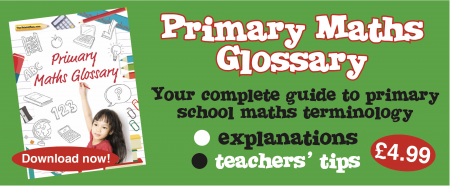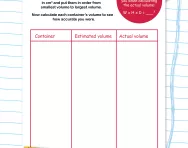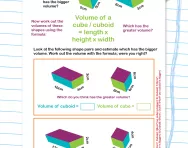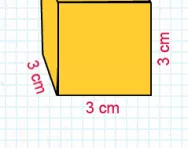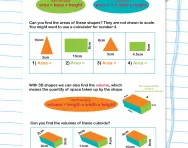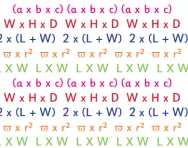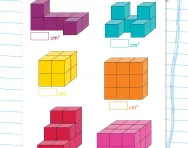Important update from TheSchoolRun
For the past 13 years, TheSchoolRun has been run by a small team of mums working from home, dedicated to providing quality educational resources to primary school parents. Unfortunately, rising supplier costs and falling revenue have made it impossible for us to continue operating, and we’ve had to make the difficult decision to close. The good news: We’ve arranged for another educational provider to take over many of our resources. These will be hosted on a new portal, where the content will be updated and expanded to support your child’s learning.
What this means for subscribers:
- Your subscription is still active, and for now, you can keep using the website as normal — just log in with your usual details to access all our articles and resources*.
- In a few months, all resources will move to the new portal. You’ll continue to have access there until your subscription ends. We’ll send you full details nearer the time.
- As a thank you for your support, we’ll also be sending you 16 primary school eBooks (worth £108.84) to download and keep.
A few changes to be aware of:
- The Learning Journey weekly email has ended, but your child’s plan will still be updated on your dashboard each Monday. Just log in to see the recommended worksheets.
- The 11+ weekly emails have now ended. We sent you all the remaining emails in the series at the end of March — please check your inbox (and spam folder) if you haven’t seen them. You can also follow the full programme here: 11+ Learning Journey.
If you have any questions, please contact us at [email protected]. Thank you for being part of our journey it’s been a privilege to support your family’s learning.
*If you need to reset your password, it will still work as usual. Please check your spam folder if the reset email doesn’t appear in your inbox.
What is volume?
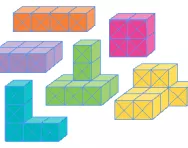
What is the difference between volume and capacity?
In Key Stage 1 (Years 1 and 2) and lower Key Stage 2 (Years 3 and 4) the terms volume and capacity are used inter-changeably. The difference is very subtle (and taught in upper Key Stage 2, Years 5 and 6), but capacity is the total amount of fluid that can be contained in a container and the word we use when we are measuring liquids.
What are primary-school children taught about volume, and at what age?
Year 1
In Y1 children are taught to compare, describe and solve practical problems involving capacity/volume. For example, they will experiment/play with jugs, containers, cups and bottles in a water tray and discuss terms such as full/empty, more than, less than and half full. They will investigate questions such as how many cups of water will fill the bottle and which container holds the most water.
They will begin to measure volume in standard units, such as litres/millilitres, using a measuring cylinder with marked measurements on the side.
Year 2
In Y2 children will begin to choose and use appropriate units to measure volume/capacity, for example using millilitres to measure medicine and litres to measure petrol. They will become more accurate at reading measurements of capacity/volume.
Children will also be taught to compare and order volume and capacity using the terms greater than, less than, equal too and the corresponding symbols > < = (for example, 350ml < 550ml).
Year 3 and Year 4
Children solve problems by adding and subtracting volume/capacity in litres and millilitres (for example: 350ml + 550ml = 900ml). They learn to convert between measurements (for example 3500ml = 3l and 500 ml).
Year 5
In Y5 children are taught to use cubic units to estimate volume. They start by using 1 cm³ blocks to build cuboids and counting the blocks in pictures, for example:

Year 6
In Y6 children learn to use formulae to calculate the volume of a shape in cubic units.
For example, if you take a cuboid such as a tissue box you can measure its width, height and depth and use these measurements to calculate the volume of the shape (how much 3D space it is occupying) by applying the formula.
Support your child's understanding of volume at home
- With younger children in Year 1 and 2 you can provide them with jugs, containers, plastic cups and bottles to experiment with in a water tray, sink or the bath at bath time. Encourage them to use vocabulary such as full, empty, more than, less than, half and investigate which containers hold the most water. If using a water tray you could add a small amount of food colouring to the water so it is easier to see the amount of liquid it contains.
- Children in Years 3 and 4 can practice reading measurements on jugs when cooking and become aware of capacity when shopping.
- In Year 5 children could use sugar cubes to build structures and discuss the volume.
- In Year 6 explore the different cardboard boxes in the kitchen (for example cereal boxes, tissue boxes and other food packaging) and work out the volume of the different cuboids using the formula W x H x D = ___³
